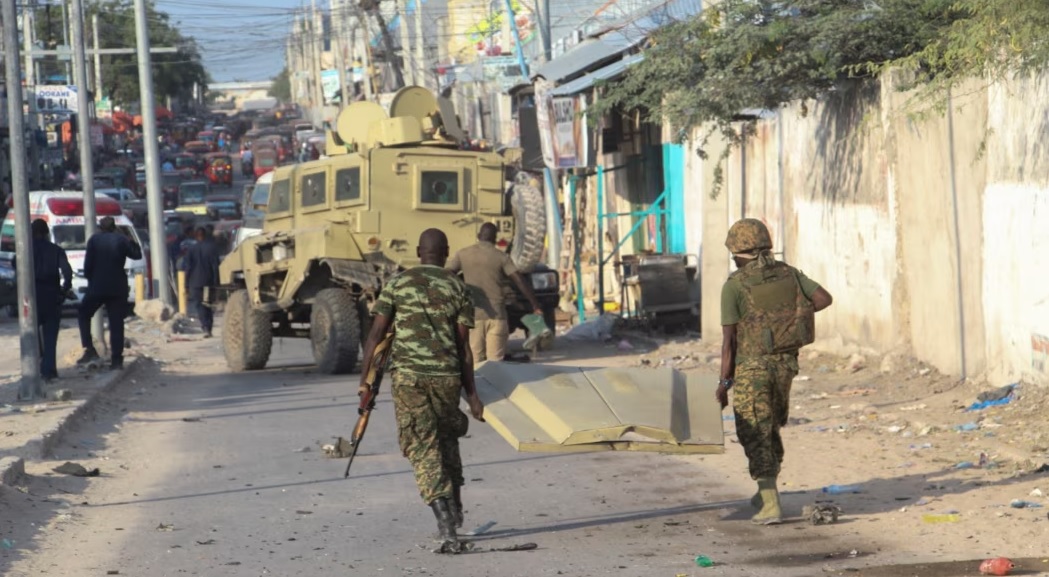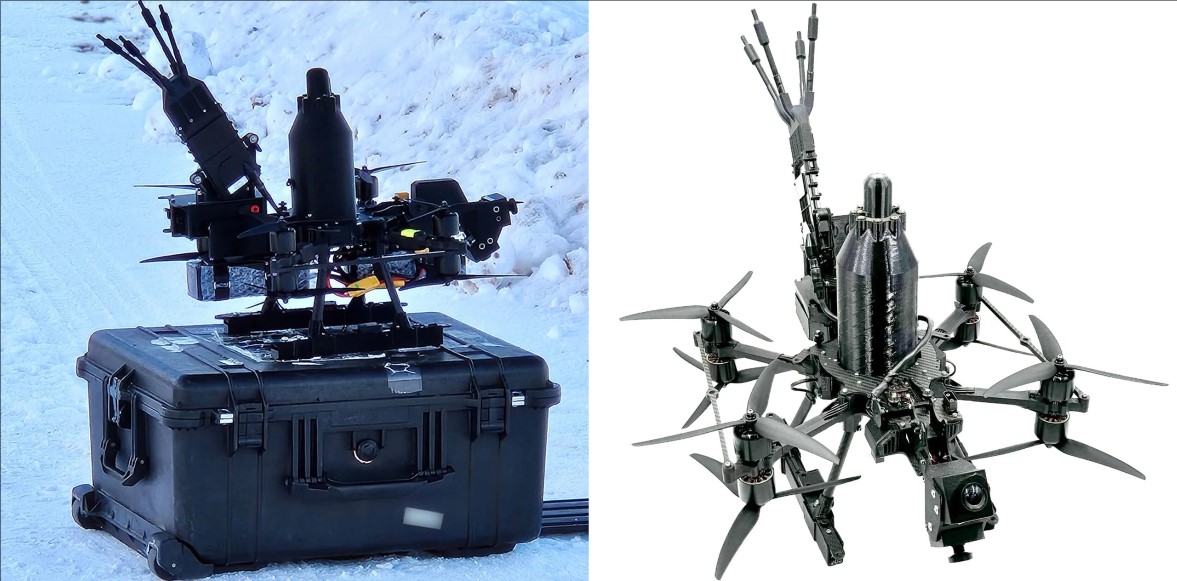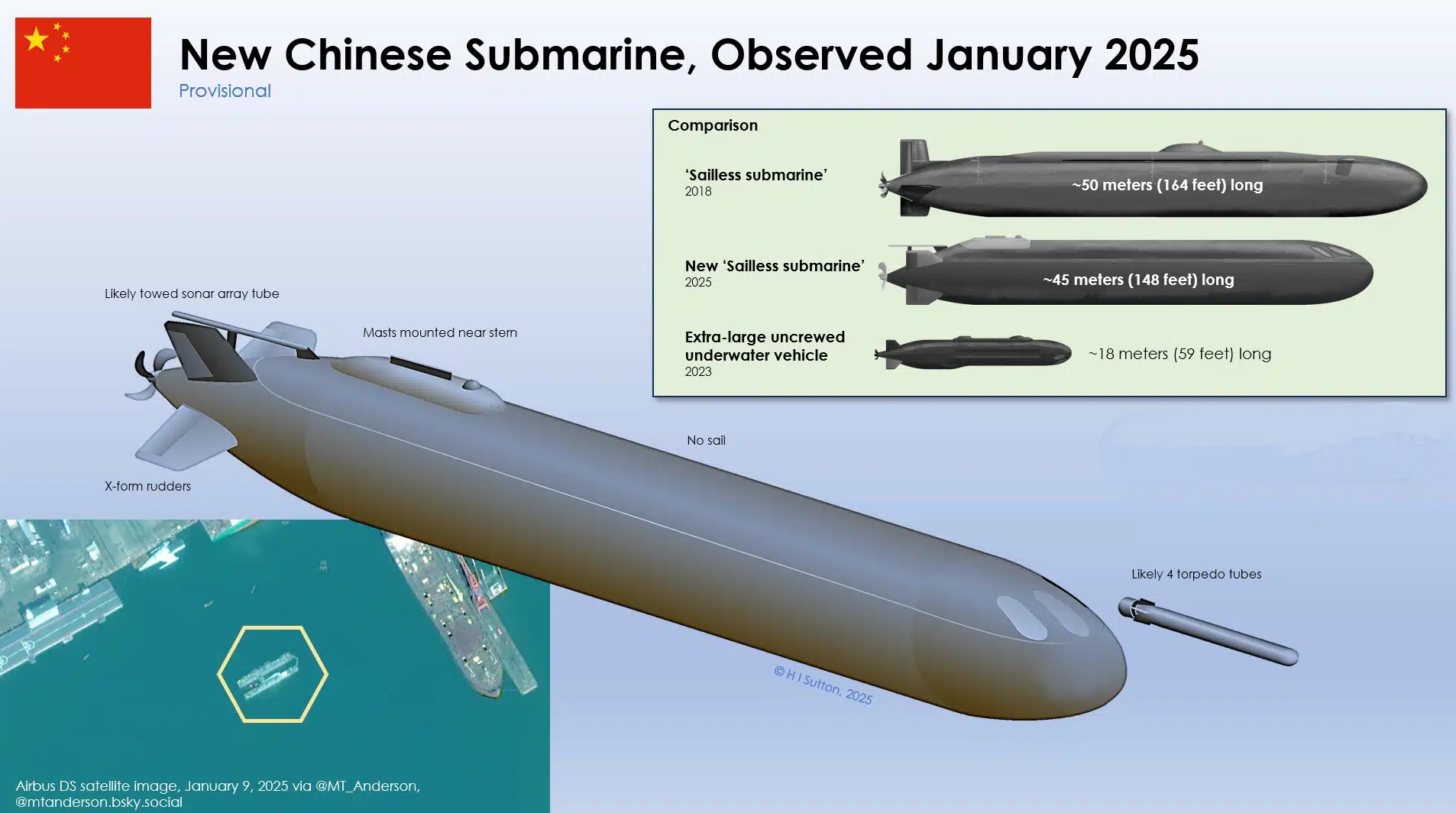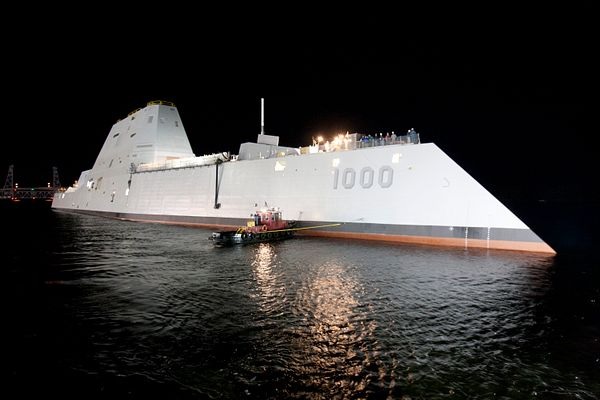UN Approves New African Union Mission to Combat Al-Shabaab in Somalia

In a significant move to address the ongoing insurgency in Somalia, the United Nations Security Council has approved the formation of the African Union Support and Stabilization Mission in Somalia (AUSSOM). This new mission, which will officially begin operations in January 2025, is set to replace the African Union Transition Mission in Somalia (ATMIS), whose mandate concludes on December 31, 2024. The decision reflects the international community's intensified focus on combating the Al-Shabaab insurgency and stabilizing Somalia.
Key Objectives and Structure
AUSSOM’s primary mission is to assist the Somali government in defeating Al-Shabaab, an extremist group linked to Al-Qaeda. The new force aims to stabilize areas liberated from militant control, allowing for governance and development efforts to take root. The mission will deploy up to 12,626 personnel, including 1,040 police officers, with its operations planned for an initial 12-month period. A comprehensive realignment of forces is expected by mid-2025 to enhance coordination and operational efficiency.
Troop Contributions and Regional Involvement
Several African nations have committed to contributing troops to AUSSOM, including Egypt, which confirmed its participation following consultations with the Somali government. However, not all previous contributors to ATMIS are continuing with the new mission. Ethiopia and Burundi, both key players in regional security, have decided to abstain from participating in AUSSOM. This decision comes amid complex regional dynamics and geopolitical tensions in the Horn of Africa, including disputes over maritime agreements and historical rivalries.
Funding Challenges and International Dynamics
The UN resolution authorizing AUSSOM includes a provision to finance up to 75% of the mission through a UN-backed mechanism. However, the United States, which abstained from the vote, expressed reservations about the immediate implementation of this funding arrangement. The U.S. has emphasized the need for sustainable financial mechanisms and conditions to ensure the mission's success. The debate highlights broader challenges in securing international support for long-term stabilization efforts in Somalia.
Regional Complexities
The launch of AUSSOM occurs amidst evolving geopolitical tensions in the region. Ethiopia’s agreement to develop a port in Somaliland has strained its relationship with Somalia, drawing Mogadishu closer to Egypt, which has its own disputes with Ethiopia over the Grand Ethiopian Renaissance Dam. Recent diplomatic efforts, including Turkish mediation, have sought to ease these tensions, but challenges remain in achieving regional consensus.
Looking Ahead
The transition from ATMIS to AUSSOM marks a strategic shift in the approach to stabilizing Somalia. The mission’s success will hinge on effective coordination among contributing nations, robust funding, and the Somali government’s ability to strengthen its security apparatus. As one of the world’s most fragile states, Somalia’s path to stability requires sustained international support, regional cooperation, and a comprehensive strategy to address the root causes of conflict and underdevelopment.
This development represents a renewed commitment to peace in Somalia and a critical test for international and regional actors in their efforts to combat terrorism and foster stability in the Horn of Africa.



